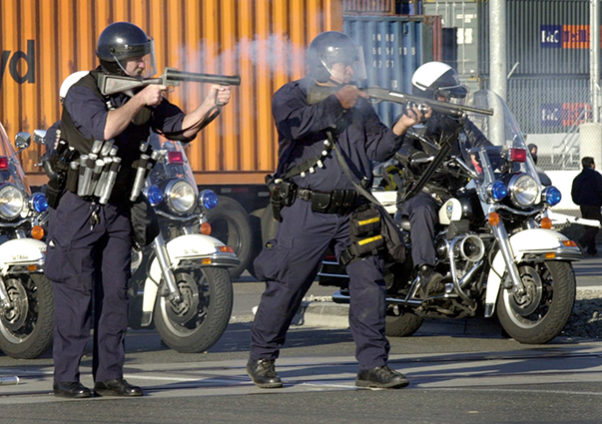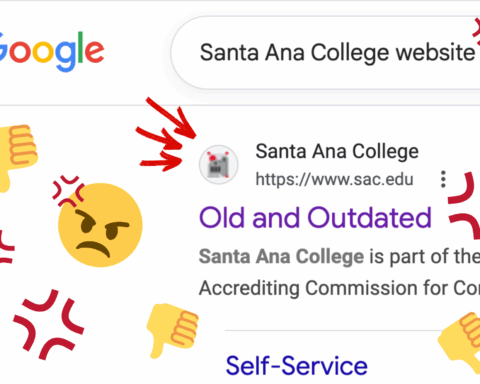
By Nashe Harley
Police departments nationwide are searching for less-than-lethal ways of stopping suspects following a trend of controversial police killings that sparked protests and riots. The latest less-lethal weapon to be tested is the Blunt Impact Projectile, a gel-filled variation of the rubber bullet designed to flatten on impact and causes excruciating pain but not death. Or, at least that’s the plan.
This is a step in the right direction as news of police brutality spreads, leaving people wondering who to trust. The decision last spring at Santa Ana College to arm campus security guards, for example, has many students uneasy.
Police have used non-lethal or less-than-lethal weapons for decades. When used properly, stun guns and rubber bullets are meant to stop a suspect and cause pain but not death or any lasting injuries.
Unfortunately many officers aren’t always trained in the use of these weapons. Over 540 people were killed by police stun guns between 2001 and 2013, according to Amnesty International, a global human rights group.
In Boston, 21-year old journalism student Victoria Snelgrove died after being hit with a rubber bullet after a Red Sox game in 2004. In Georgia, 24-year-old Gregory Towns died after being handcuffed and struck with a stun gun 14 times by two police officers in 2014.
In addition to being armed with these weapons, officers need training on how to use them and proper ways to react in intense situations.
- Inside el Don’s 2025 Immigration Issue - October 14, 2025
- Talk to us! We’re community reporters - October 14, 2025
- Local punk scene provides support during ICE raids - July 17, 2025















